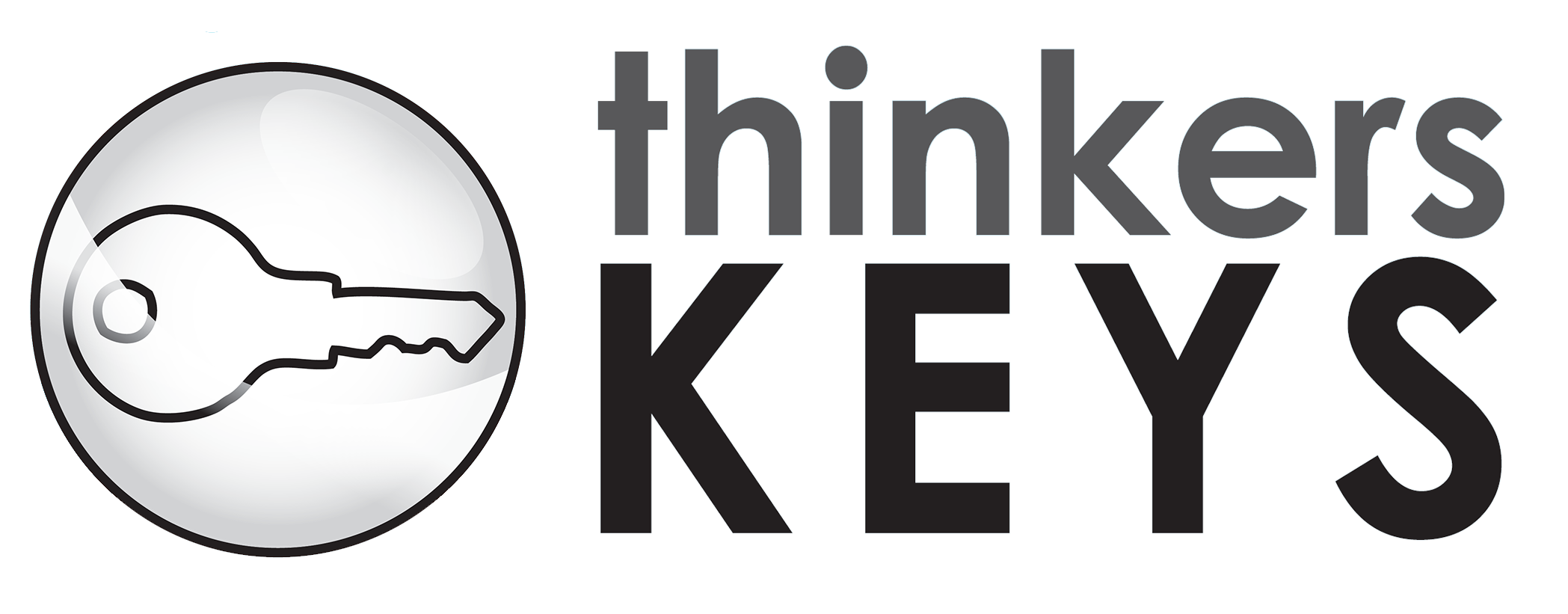
Promote inquiry questions
According to Plato, Socrates generated lively discussion in his philosophical enclaves. If his group needed to resolve a vexatious issue, they would explore it with a series of relevant questions. Often they would find their answer/s in their responses.
The word ‘inquiry’ means just that. You inquire. You want to find out more. And the best way to do that is to ask critical and insightful questions that help you to understand an issue more effectively. ‘How’ and ‘Why’ usually work more effectively than ‘Who’, ‘What’, ‘Where’ or ‘When’.
I have seen 1000s of lessons given by amazing teachers around the world. Without exception, the most inspiring lessons were the ones in which the teacher asked deep questions, rather than just giving the answers. Further, they often challenge students to ask worthwhile questions. I once heard a teacher ask her class: what is the best question for you to ask at this stage of the lesson? It led to some insightful thinking in itself.

Use great role models
The most critical model for student thinking is the teacher’s or the parent’s thinking. Your own thinking matters. To help with this, talk out aloud when you’re resolving a problem on your screen or whiteboard. Demonstrate how you are cognitively approaching the issue.
Find other great models that can be offered to your students. They might even be some of the students in your classroom right now. If that’s the case, highlight how they think. As long as they are comfortable with doing so, ask them to describe what they think about when they’re resolving an issue.
Further models might come from well-known scientists; or other teachers; or a child’s grandmother. Challenge children to look for examples of people who demonstrate inspiring thinking. Discuss how it is possible to recognise this quality of thinking.

Go metacognitive
Teach children to self-talk. It’s the first step towards self-regulating their own thinking. Here’s how to start the self-talk process:
- Write some words up on a screen e.g. The weather is overcast today
- Ask them to think those words inside their brain, at normal speaking speed, yet without moving their lips or making any sound
- Repeat this several times
- Then ask them to think of their response to another question e.g. what is the best quality work you’ve done today?
Once they work out how to do this, then ask them to self-reflect on their learning near the end of some lessons. They might ask themselves: What did you do well? What could you have done differently?

Focus on the 1st 5 mins
The 1st few minutes of any learning experience will determine the intellectual quality of the rest of the lesson. If you start at a low level, it’s difficult to raise the standard later. Start high, and this will set the expectations for the remainder of the lesson. Their attention also is likely to be higher at the start than any other time, so make the most of it.
Use the Challenge Key to initiate lesson dialogue. It might simply involve a provocative statement e.g. in a study on pending applications of technology, the statement could be: 「That within ten years, there will be no privacy, without exception, in people’s lives.」 Such a statement indicates that you intend to be edgy and serious about the upcoming lesson.

Use technology to enhance thinking
Present and future technologies (handheld devices; brain computer interfaces; augmented reality) can dramatically enhance learning in people of all ages. In ages past, knowledge was acquired by listening to an elder, or reading a book. While these still have some merit, the entire world is now available on a single device.
However, specific skills are still needed in order to enhance learning. Just using the device is not enough. Learning how to synthesize / summarise / curate a massive amount of data is a key skill. As an example, with the Info Key, the thinker understands how to research, and to then distil the knowledge into a succinct overview.

Intellectualise everything
Everything that is done in learning can be intellectualised. Everything. Even the standard everyday tasks that normally might be tedious yet necessary. Marking rolls; correcting papers; giving instructions. It depends upon the intellectual quality of the dialogue that you use, and the questions that you ask.
For example, when marking rolls, you might ask students to rate something out of 10, such as their perspective on a recent political decision; or their belief in the nutritional worth of a certain food. When their name is called, they are then required to give their rating. It certainly beats 『Here Ma’am’ in terms of intellectual rigour.
If one student is about to deliver a short talk, preface the talk with 3 questions that encourage the listeners to critique the talk more deeply. If you teach young children to handwrite, set up a rubric that outlines the standards for poor to great handwriting, and then ask them to evaluate their writing afterwards on the basis of that rubric.

Develop a positive disposition to thinking
Your disposition is the attitude you have towards something. When children have a positive disposition towards thinking, they are more likely to respect its worth, and to work on improving their own thinking.
How do we develop this positive disposition in students? By creating classrooms and home environments that admire great thinking; by acknowledging their interesting ideas; by paying attention to the conditions that help them to think well; by being explicit about the importance of great thinking
Encourage them to think about why good thinking actually IS important eg it helps them to: critically evaluate the worth of different perspectives; to choose decent movies (or good friends); to problem-solve; to become aware of their own self-worth and resilience.

Understand the brain
Science curricula around the planet invariably feature a study of the human body. Given that we all have one (a body, that is), this is a great focus. However, we need to also study the human brain; and at two levels:
- The physiological, with topics such as brain structure, specific brain functioning (such as the interplay between neurons), and even brain health (with foods that best support optimum functioning)
- The psychological, with topics such as mental health, the effect of one’s thinking on one’s emotional state, and how to adjust your thinking for peak performance.

Encourage co-creative thinking
Encourage young people to co-create in online and offline environments. Develop learning network environments that draw on the collective thinking and energy of people working together. Thinking is enhanced through collaborative activity that is based upon deep collective purpose, mutual trust, and the desire to engage in pro-social dialogue.
How do we do this? Encourage children to work effectively and respectfully in a team setting; set up 『round robin’ brainstorming and keep the flow going for as long as possible; develop online research skills that enable them to discover verifiable knowledge from billions of other people; find positive gaming environments that encourage users to work together; get engaged in Citizen Science projects from around the world.

Build in context
Imagine doing a jigsaw, yet not having the image of the completed picture for reference. Yes, you could eventually do it, but it would make it a much more difficult task. When you can see the jigsaw cover before you start, it gives a context for each of the pieces.
The same approach is needed when you teach children any thinking strategies. Don’t just teach the strategy by itself. Build it into something that you’re already teaching. Give it some context. When you do that, it’s more likely that students will transfer that thinking strategy into their everyday life.

Promote ethical thinking
Just like everything else in life, there is the potential for good or bad consequences with skills that you develop. This is especially so when learning how to think effectively. Educators and parents want to see 8 or 14- year olds applying their thinking to constructive and ethical practices. A hammer can help to build a beautiful house; or to injure another person.
Teach thinking from an ethical perspective. Be very clear with children about the way that brainpower can be used for good or evil. When you facilitate learning tasks, instil core values that advance local and global humanity. Help them to apply their thinking to social justice causes. Here’s one Organising Sheet that can help.

Make thinking explicit
Yes, thinking happens inside your brain. The trouble is that, when people can’t directly see it happening, they may assume that it is a hidden and mystical process. Instead, be very explicit about it. Teach self-talking; discuss how the brain works; and very directly name specific thinking strategies as you introduce them in context.
In learning with younger children, use clear displays of the Thinkers Keys icons, so that you can refer to them whenever you begin to apply a strategy. With older students, give them the Thinking Organiser sheet, so they can use it as a reference for the strategies they’re applying.



